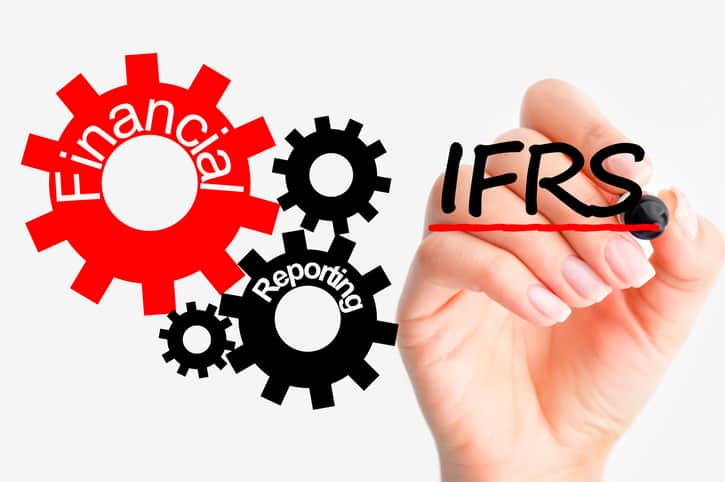While the implementation among Asia Pacific banking systems of the IFRS 9 accounting standard is making good progress, not all disclosure standards are being met, said Moody’s Investors Service recently.
The International Financial Reporting Standard 9 (IFRS, or local equivalent) replaces the previous International Accounting Standard 39, and changes the way banks report the credit quality of debt-like assets, how they create provisions against credit losses, and how they classify and measure financial assets.
"So far 11 of the 17 APAC banking systems that we cover have made to switch to the new regime, and our analysis of 36 major rated banks in the region confirms our earlier view that the switch has led to a mild increase in credit reserves," said Eugene Tarzimanov, a Moody's Vice President and Senior Credit Officer.
However, he also pointed out that Moody’s has found significant variations in reporting practices, with some banks not meeting the disclosure object of the standard.
Major banks in Hong Kong best-in-class
Among the banks it assessed, Moody's said the major banks in Hong Kong are best-in-class because they provide far more granular information on their expected credit loss models, including their sensitivity to different scenarios.
While all banks in Moody's sample disclose the three credit stages of loans in their annual reports, as well as the related expected credit losses, most have weak disclosures on the inputs and criteria they use for Stage 2 and Stage 3 classifications and on the rules they use for moving assets across stages, the credit rating agency noted.
"From a credit perspective, asset movements between Stages 1 and 2 have a significant impact on expected credit losses, while asset movements from Stage 2 to 3 affect problem loan metrics," said Maria Mazilu, a Moody's Vice President and Senior Accounting Analyst.



